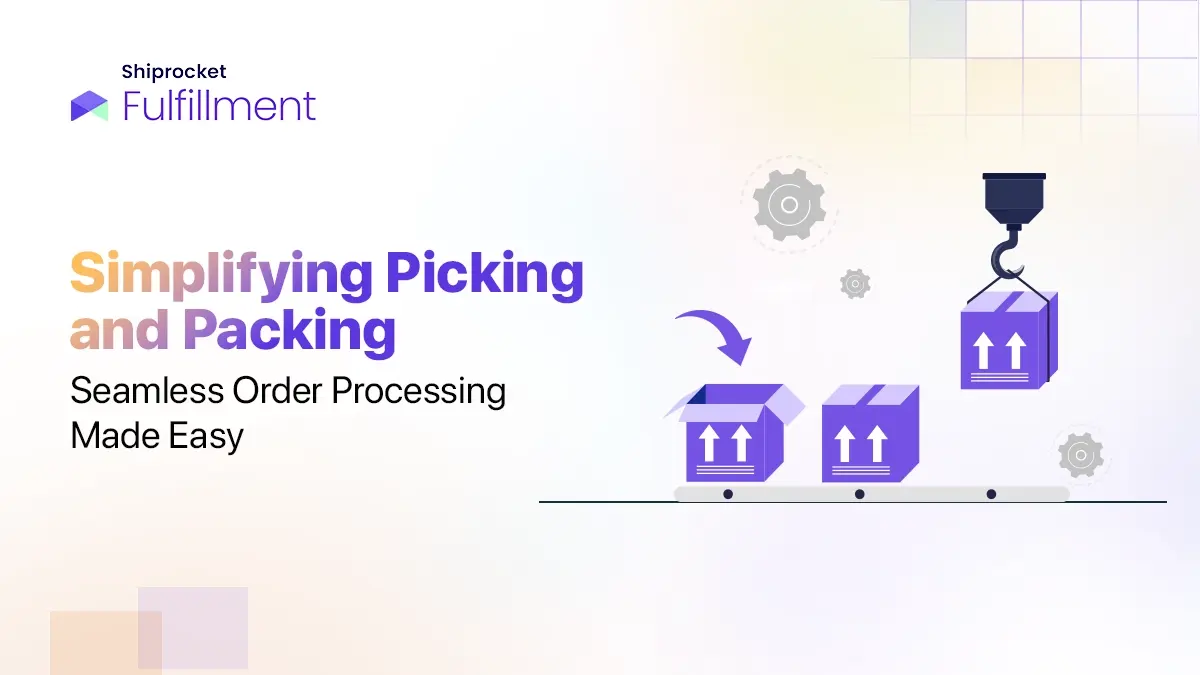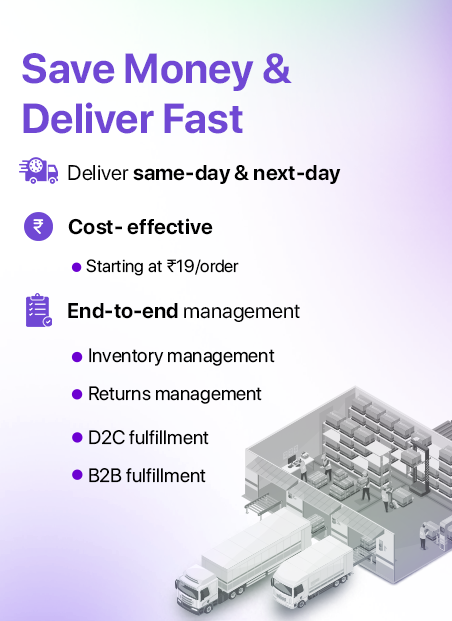Inventory forms one of the most crucial elements of a business’s trading (profit and loss) account and a balance sheet’s current asset. It is also a two-way sword because overstocking can block the working capital of a firm and increase overhead costs while understocking may hamper the production process due to insufficient raw materials. In today’s fast-paced business environment, managing stock can define the failure and success of a business. Therefore, a firm must possess an effective inventory accounting system and an optimal inventory level.
According to research, 40% of small businesses that keep inventory either don’t track it at all or count it manually regularly. However, that increases the possibility of human error and is a cumbersome process. But the big names have abundant products and supplies to account for. For large firms, it’s essential to follow the practices for their commercial assets, along with the physical inventory counting procedures. Moreover, inventory accounting also presents a true and fair picture of the financial statements.

Inventory Accounting: What is it?
A firm’s inventory is an accumulation of goods spread across three stages of production. The stages include a raw goods stage, a work-in-progress stage, and the finished goods stage. These goods can undergo changes in value at any time. Inventory accounting refers to a body of accounting that excels in valuing and accounting for these alterations in inventoried assets. This body assigns values to all these items involved in the three production processes and marks them as company assets.
Since inventory counts as assets, the bookkeepers consistently need to employ different techniques for assigning costs to the inventory to classify it as a current asset. Assets are items that have high future value to a business. Hence, precise valuation of inventory is crucial for understanding a company’s value.
The inventory from all these production stages may witness a change in value over time. The alterations in value may be due to depreciation, obsolescence, increased demand, deterioration, low market supply, change in buyer preferences, and miscellaneous other reasons. A company can track these changes with an efficient inventory accounting system. It will enable the business to accommodate company asset values and manage the costs related to inventory accordingly.
The Operation of Inventory Accounting
Companies use the inventory accounting procedure to monitor inventory expenses, register inventory assets, and determine the overall valuation of inventory at the start and end of an accounting cycle to evaluate its business metrics.
Businesses can use two primary inventory accounting systems for accounting their inventory. One is the perpetual inventory accounting system, and the other is the periodic inventory accounting system.
With the perpetual inventory accounting system, a firm can continually record and monitor inventory balances. The perpetual system automatically gets updates when there is any addition or withdrawal of goods from the inventory account. At the same time, the periodic inventory accounting system periodically verifies the goods and cost of goods sold (COGS) through physical counting to track inventory accurately.
The Financial Accounting Standards Board is liable for setting and often revising the accounting standards, rules, and procedures known as the generally accepted accounting principles (GAAP). The GAAP emphasises the need to adequately account for inventory to match a specific set of standards. This is important for limiting the possibility of overstating profit by comprehending the value of inventory. For instance, we derive profits after subtracting a company’s costs or expenditures. Revenue is the outcome of selling products. So, if we understate the value of stock, which is the costs, then the profit from that sale may be overstated. It can cause potential inflation in the firm’s valuation.
Another flaw could be exaggerating the company’s value by overstating the value of its inventory. GAAP also aims to protect businesses against it. Here, the issue arises as inventory equals assets, impacting the overall company value. A business that sells or produces obsolete products may witness a substantial deterioration in its inventory value. But if there is an accurate record of this change in the company financials, it will save the company assets and the business from possible inflation.
Benefits of Inventory Accounting for a Business
The primary advantage of inventory accounting for a business is having an accurate layout of the company’s financial statements. It showcases the financial health of the firm. However, there are several other benefits of recording the value of inventory through their corresponding production stages.
Enhanced Financial Control
As inventory accounting provides accurate data for the financial statements of the company, it keeps the firm updated. The company gets its hands on timely updates on inventory levels, which allows it to track its stock and make informed decisions. The firm can plan its inventory purchases, production, and sales with the hands-on information available through inventory accounting. Moreover, using this system also reduces the risk of stockouts or overstocking that may lead to additional costs or lost sales.
Transparency and Accuracy in Financial Records
A company can access detailed information on the cost of goods sold (COGS), inventory value, and inventory turnover with inventory accounting. This provides them with accurate financial records. This information helps control tax bills effectively and allows compliance with regulations. Transparent financial records also prove beneficial for stakeholders.
Saving Money
A proper accounting of inventory invariably helps firms save money by deflecting unnecessary expenditures. This cost-saving is a result of a reduced risk of overstocking by tracking inventory. It also helps identify obsolete or slow-moving products. It allows businesses to clear that stock and free up valuable storage space.
Better Decision-making
The accurate information that an inventory accounting system generates lays a solid ground for businesses to make informed decisions about their inventory. The company can forecast demand, analyse consumer behaviour, identify new trends, and do much more with the data extracted from inventory accounting systems. This data allows a firm to plan their inventory purchases, adjust production schedules, restock best sellers promptly, and make many such informed inventory decisions.
Higher Efficiency in Management
Manually managing inventory is a daunting and complicated task. Businesses can streamline their operations by using inventory accounting. It saves the time, money, and effort required to handle inventory. Using this inventory system systems automates the manual inventory processes and helps track that inventory efficiently. This automation allows the employees to focus on other aspects of the business that need their undivided attention.
Conclusion
Inventory accounting is a way to assign value to the inventory that a firm holds at different production stages. The three stages accommodate in each one the raw materials, work-in-progress goods and finished goods up for sale. Inventory accounting marks these goods as valuable current assets that help determine a company’s valuation. This procedure emphasises the importance of overstating and understating the value of assets in relation to the actual valuation of a company. Undervaluing or overvaluing inventory can result in the inflation of a company’s valuation. As it’s difficult to maintain inventory manually, the use of inventory system proves beneficial for a firm. A business can increase its profits by lowering costs through effective inventory accounting.
You can start by analysing how much inventory your business holds, what your expenses are on your inventory, and how much you sell the goods for. Observing your inventory can help you understand it better. You can then utilise rough figures to get specifics about how to work on the inventory. The outcome of inventory accounting will depend on the inventory accounting methods and systems you choose to apply.
A business needs to assign costs to the goods it has in its inventory.They use inventory costing, which is also called inventory cost accounting to do the same. It helps the business fetch accurate costs of goods sold (COGS),which also has significant tax implications. It also allows a company to calculate waht it costs to sell their goods and then deduct the respective costs from the taxes.
There are four main methods for computing the cost of goods sold:
FIFO (First In, First Out) method, which assumes that the cost of inventory purchased first goes into records first
LIFO (Last In, First Out) method considers that the most recent addition to the inventory are the first goods sold
The WAC (Weighted Average Costing) method does not differentiate among different goods and divides the number of units by the total cost of all inventory
Special Identification method that assigns costs individually instead of grouping items together.
There is no one-size-fits-all system or method that all businesses could use. Large companies with expansive inventory may find it very hard to count the abundant inventory in their warehouse each month. Similarly, small firms may not have the need or the resources to put in a POS system used in a perpetual inventory accounting system. Therefore, it would be best to choose a system that suits the specific needs and capacity of your business.
There are many costs related to managing inventory in a business. Holding costs, which are also known as the cost of holding, include warehousing costs generated from rent, salaries, or utilities, opportunity costs, and miscellaneous costs associated with things like shrinkage, depreciation, perishability, and insurance





